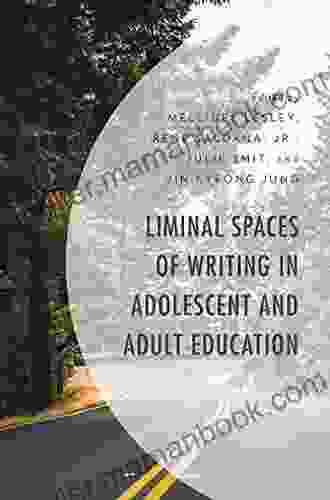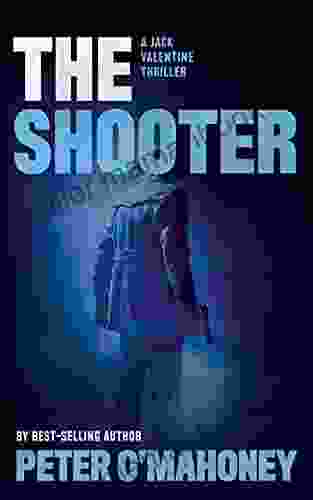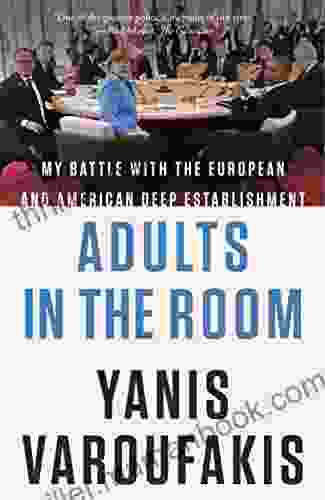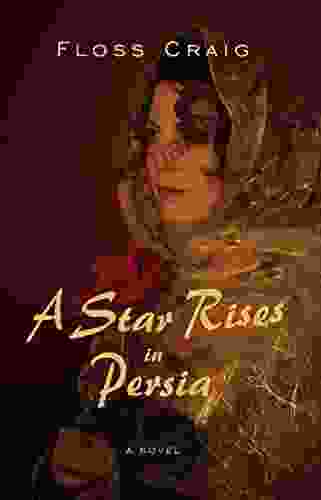Liminal Spaces Of Writing In Adolescent And Adult Education

Writing, a fundamental pillar of education, transcends the mere act of penning words on paper. It serves as a transformative journey, a passage through liminal spaces where adolescents and adults grapple with identity, voice, and purpose in a rapidly evolving world. This article delves into the pedagogical significance of liminal spaces in writing instruction for both adolescent and adult learners, exploring how educators can harness these unique transitions to foster transformative learning experiences.
Liminality: A Theoretical Framework
The concept of liminality, coined by anthropologist Victor Turner, refers to a transitional state characterized by ambiguity, uncertainty, and a sense of being "betwixt and between." During liminal periods, individuals shed their familiar roles and enter a fluid state where social norms and expectations are suspended. This creates a fertile ground for introspection, growth, and the emergence of new identities.
In the context of writing, liminal spaces arise when students transition between different writing tasks, genres, or stages of learning. These moments of uncertainty and heightened awareness can be both daunting and empowering, as students navigate their own emerging voices and grapple with the complexities of their developing identities.
4.4 out of 5
| Language | : | English |
| File size | : | 8448 KB |
| Text-to-Speech | : | Enabled |
| Screen Reader | : | Supported |
| Enhanced typesetting | : | Enabled |
| Word Wise | : | Enabled |
| Print length | : | 297 pages |
Liminal Spaces in Adolescent Writing Education
Adolescence is a pivotal period marked by significant physical, emotional, and cognitive changes. During this time, writing can serve as a potent tool for identity exploration and self-discovery. By creating liminal spaces in writing instruction, educators can provide opportunities for adolescents to:
- Reflect on their experiences and make meaning of them: Liminal writing tasks, such as personal narratives, freewriting, and descriptive exercises, encourage students to delve into their inner worlds, examine their thoughts and feelings, and develop a deeper understanding of their own perspectives and motivations.
- Experiment with different writing styles and genres: Transitional writing prompts, such as hybrid essays, multi-modal compositions, and creative writing assignments, allow students to explore the boundaries of language and push beyond conventional forms of writing. This experimentation fosters flexibility, adaptability, and a willingness to embrace the unknown.
- Connect with diverse perspectives and experiences: Collaborative writing activities, such as peer review workshops and group projects, create liminal spaces where students share their work, challenge each other's assumptions, and learn from different points of view. These interactions promote inclusivity, empathy, and critical thinking.
Liminal Spaces in Adult Writing Education
Adulthood, too, is characterized by periods of transition and growth. Writing can be a valuable tool for adults to navigate these changes and continue their lifelong learning journey. Liminal spaces in adult writing education can help:
- Bridge existing knowledge and new experiences: Reflective writing assignments, portfolio development, and autobiographical projects encourage adults to draw upon their prior experiences and synthesize them with new knowledge and insights. This process fosters a sense of continuity and meaning-making in the face of change.
- Develop professional and academic identities: Writing workshops, conference presentations, and grant proposals create liminal spaces where adults can experiment with different writing roles and styles, gaining confidence and developing their professional identities.
- Foster intergenerational learning and community engagement: Intergenerational writing projects, such as community histories or collaborative memoirs, bring together adults from different age groups to share their experiences, bridge generational divides, and foster a sense of belonging and purpose.
Pedagogical Approaches for Navigating Liminal Spaces
To harness the transformative potential of liminal spaces in writing instruction, educators can adopt pedagogical approaches that emphasize:
- Creating a safe and supportive learning environment: Encourage open dialogue, respect diverse perspectives, and provide opportunities for students to take risks without fear of judgment.
- Facilitating reflective practices: Guide students in examining their writing process, identifying patterns, and developing metacognitive awareness. This reflection helps them understand their strengths, areas for growth, and how their writing shapes their learning.
- Providing individualized support: Recognize that each student experiences liminal spaces differently. Offer tailored guidance, mentoring, and resources to support their individual needs and challenges.
- Leveraging technology: Use digital tools and platforms to create virtual liminal spaces where students can connect, share their work, and engage in online discussions, expanding the boundaries of traditional writing instruction.
Liminal spaces are integral to the writing journey of adolescents and adults. By understanding and leveraging these transitional states, educators can create dynamic and transformative learning experiences that empower students to:
- Explore their identities and voices
- Develop critical thinking and reflective skills
- Adapt to changing circumstances
- Foster inclusivity and community
Through the intentional creation of liminal spaces, writing instruction becomes a catalyst for personal growth, intellectual exploration, and lifelong learning, empowering individuals to navigate the complexities of the human experience and make meaningful contributions to their communities and the world at large.
References
- Turner, V. (1969). The Ritual Process: Structure and Anti-Structure. Chicago: Aldine Publishing Company.
- Griffin, A. (2015). Liminal Spaces in Writing Education: Student Identity and Pedagogical Practice. Literacy, 49(2),102-112.
- Atwell, N. (2007). Conflicting Loyalties and the Liminal Spaces of Growth. In C. Anson & M. Beach (Eds.),Empowering Writers: Perspectives on Research and Practice (pp. 153-162). Upper Saddle River, NJ: Pearson Education.
- Elbow, P. (2000). Reflections on Academic Discourse: How We Can Learn What We Think. Mahwah, NJ: Lawrence Erlbaum Associates.
4.4 out of 5
| Language | : | English |
| File size | : | 8448 KB |
| Text-to-Speech | : | Enabled |
| Screen Reader | : | Supported |
| Enhanced typesetting | : | Enabled |
| Word Wise | : | Enabled |
| Print length | : | 297 pages |
Do you want to contribute by writing guest posts on this blog?
Please contact us and send us a resume of previous articles that you have written.
 Top Book
Top Book Novel
Novel Fiction
Fiction Nonfiction
Nonfiction Literature
Literature Paperback
Paperback Hardcover
Hardcover E-book
E-book Audiobook
Audiobook Bestseller
Bestseller Classic
Classic Mystery
Mystery Thriller
Thriller Romance
Romance Fantasy
Fantasy Science Fiction
Science Fiction Biography
Biography Memoir
Memoir Autobiography
Autobiography Poetry
Poetry Drama
Drama Historical Fiction
Historical Fiction Self-help
Self-help Young Adult
Young Adult Childrens Books
Childrens Books Graphic Novel
Graphic Novel Anthology
Anthology Series
Series Encyclopedia
Encyclopedia Reference
Reference Guidebook
Guidebook Textbook
Textbook Workbook
Workbook Journal
Journal Diary
Diary Manuscript
Manuscript Folio
Folio Pulp Fiction
Pulp Fiction Short Stories
Short Stories Fairy Tales
Fairy Tales Fables
Fables Mythology
Mythology Philosophy
Philosophy Religion
Religion Spirituality
Spirituality Essays
Essays Critique
Critique Commentary
Commentary Glossary
Glossary Bibliography
Bibliography Index
Index Table of Contents
Table of Contents Preface
Preface Introduction
Introduction Foreword
Foreword Afterword
Afterword Appendices
Appendices Annotations
Annotations Footnotes
Footnotes Epilogue
Epilogue Prologue
Prologue Helios
Helios Frank Romans
Frank Romans Annette Marie
Annette Marie Timothy Peak
Timothy Peak Winona Laduke
Winona Laduke Franz Kafka
Franz Kafka Kevin L Gyoerkoe
Kevin L Gyoerkoe Wendy Conklin
Wendy Conklin Dave Hewett
Dave Hewett John Elder Robison
John Elder Robison Ramy Vance
Ramy Vance Patrick Taylor
Patrick Taylor Kathryn Meyer Griffith
Kathryn Meyer Griffith Sanober Khan
Sanober Khan Garry Goodman
Garry Goodman R C Majumdar
R C Majumdar Jessica Wallace Mcbride
Jessica Wallace Mcbride Jim Cobb
Jim Cobb H G Wells
H G Wells David Donachie
David Donachie
Light bulbAdvertise smarter! Our strategic ad space ensures maximum exposure. Reserve your spot today!
 Terry BellFollow ·17.3k
Terry BellFollow ·17.3k Jayson PowellFollow ·15k
Jayson PowellFollow ·15k Walt WhitmanFollow ·7.4k
Walt WhitmanFollow ·7.4k Samuel BeckettFollow ·13.8k
Samuel BeckettFollow ·13.8k Trevor BellFollow ·9.7k
Trevor BellFollow ·9.7k Neal WardFollow ·16.7k
Neal WardFollow ·16.7k Pete BlairFollow ·18.5k
Pete BlairFollow ·18.5k Charles BukowskiFollow ·11.3k
Charles BukowskiFollow ·11.3k
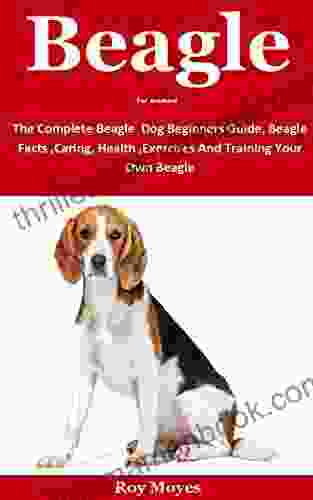
 Caleb Carter
Caleb CarterThe Complete Beagle Dog Beginners Guide: Beagle Facts,...
Beagles are...
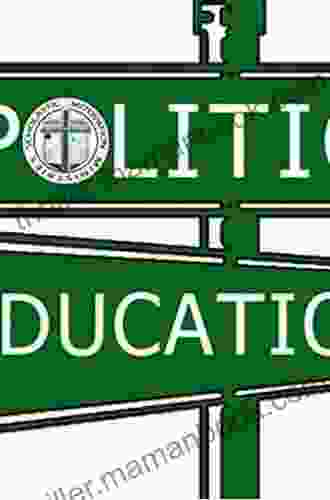
 Gage Hayes
Gage HayesThe Origins and Evolution of No Child Left Behind:...
The No Child Left Behind...
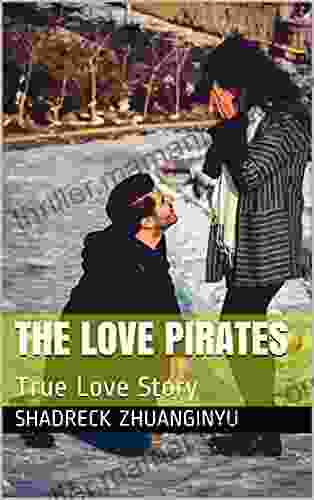
 George Martin
George MartinThe Love Pirates: A Swashbuckling Tale of Love,...
The Love Pirates is a thrilling...
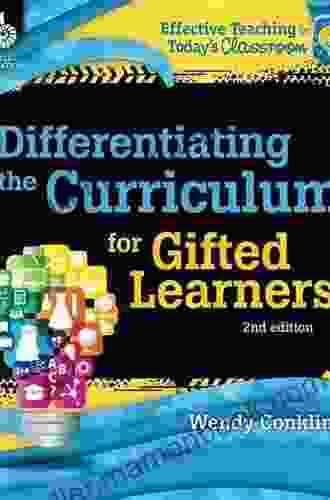
 Nathaniel Hawthorne
Nathaniel HawthorneDifferentiating the Curriculum for Gifted Learners:...
Gifted learners are...
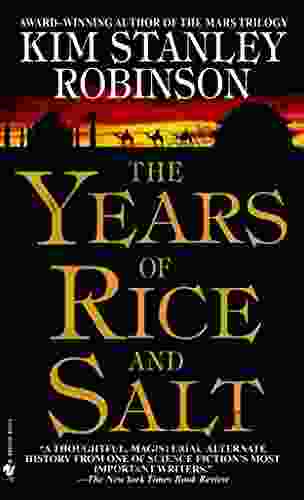
 Carlos Fuentes
Carlos FuentesThe Years of Rice and Salt: A Journey Through a Forgotten...
The Years of Rice and Salt is...
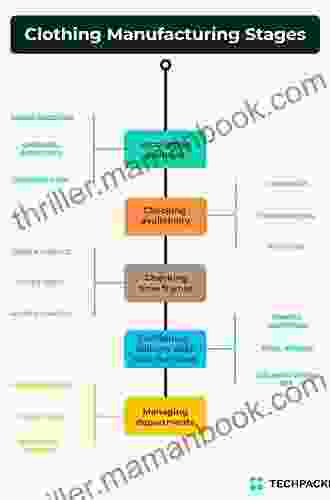
 Herbert Cox
Herbert CoxThe Intricate Design of Clothing Manufacturing Processes:...
The clothing industry is a vast and...
4.4 out of 5
| Language | : | English |
| File size | : | 8448 KB |
| Text-to-Speech | : | Enabled |
| Screen Reader | : | Supported |
| Enhanced typesetting | : | Enabled |
| Word Wise | : | Enabled |
| Print length | : | 297 pages |


